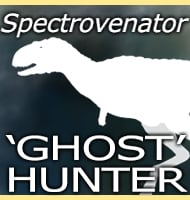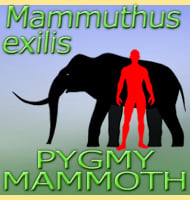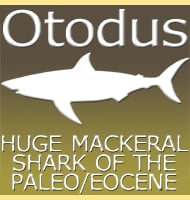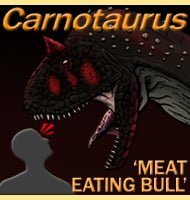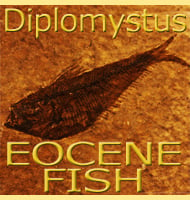In Depth
Isotelus is a part of the trilobite family which is a class of arthropods. Isotelus stands out from other trilobites because of their size, with the biggest species I. rex being 50 cm.
The one of best specimens of Isotelus was collected near Dayton OH in 1919 at the Huffman Dam, it measures up to 37 cm, it was famous for how complete it was and for the size.
The Huffman Dam specimen inspired two elementary classes in the Dayton area to make Isotelus Ohio state’s invertebrate fossil and in 1985 a bill was passed to make it the official invertebrate state fossil.
Like all arthropods, Isotelus had a hard exoskeleton to protect it from their predators, which are eurypterids, jawed fish and cephalopods. Isotelus was not just prey but it was a predator as well, eating small invertebrates.
Isotelus was not defenseless against predators, it had an exoskeleton but what is common with trilobites is that they can roll up in a ball similar to a pill bug with fossils of Isotelus and other trilobites being rolled up. Isotelus also burrowed and could be hidden from predators.
Some trilobites fossils have been found with their limbs fossilized, one in particular the Ordovician trilobite Triarthrus was found with well preserved legs and antennae. Isotelus and trilobites used their legs not just to walk on the seafloor but they were able to swim.
Isotelus had things in common with other arthropods, like modern day arthropods Isotelus could molt by shedding their exoskeleton. Isotelus also used their antennae to sense their world like other arthropods.
Further Reading
- -Brenda, H. (2019) Isotelus: Ohio State’s Fossil. Cincinnati Museum Center. https://www.cincymuseum.org/2019/03/08/isotelus-ohio-states-fossil/
- -Feldmann, R. (2005) Fossils of Ohio. State of Ohio, Department of Natural Resources, Division of Geological Survey. pg 4, 95-96
- -Fortey, R. (2001) Trilobite: Eyewitness To Evolution. Knopf Doubleday Publishing Group. pg 52-83
- -Shrake, D & Peter, M. (2023) Isotelus-Ohio’s State Invertebrate Fossil. Geofacts No 6. pg 1-2


